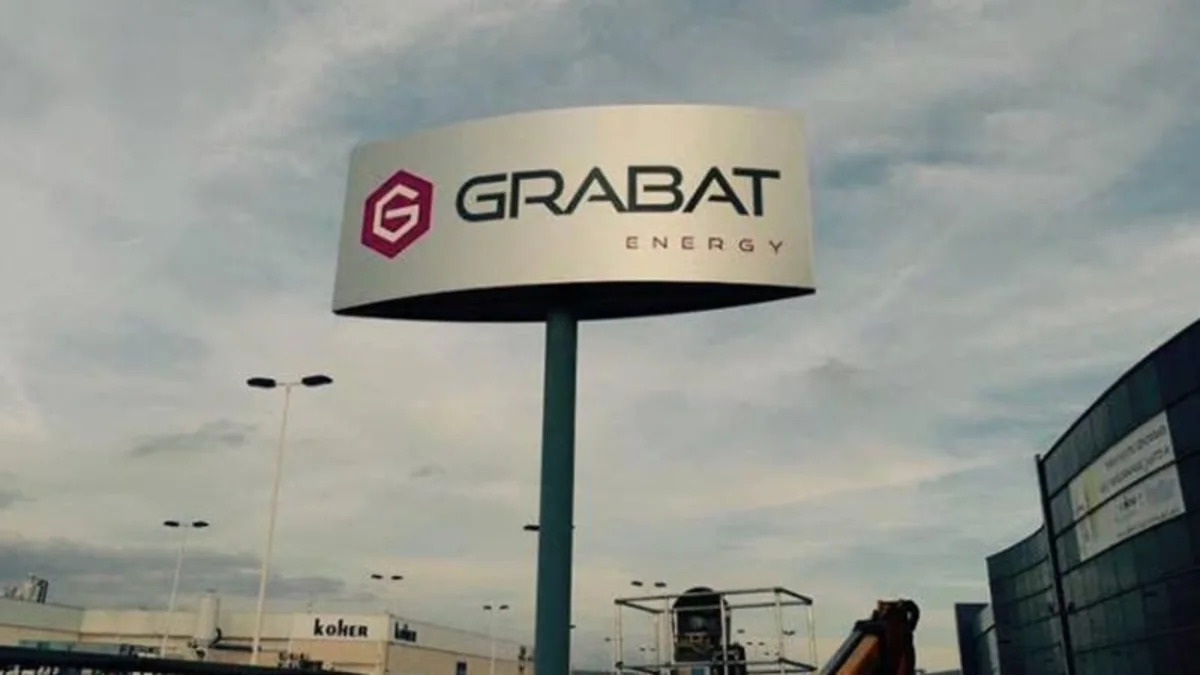If any English speakers out there are curious on how to say "snake oil salesman" in Spanish, it's "vendehúmos." That should give you an idea of the slant that Green Tech Media is taking on the Spanish company Graphenano and its Grabat Energy division. Graphenano is touting its technology as the wave of the future when it comes to batteries, but some folks beg to differ.
Graphenano says it's readying super-thin graphene polymer cells that will be ready for prime time later this summer. Graphenano CEO Martin Martinez says his cells can deliver the energy density of 1 kilowatt-hour per kilogram, or about five times the typical lithium-ion cell battery density, and at similar costs. To put that into green-car terms, cells like these would triple the single-charge range of a Tesla Model S. And China-based Chint seems to be on board, buying 10 percent of Graphenano for $20 million and valuing it at about $200 million.
Other folks aren't as optimistic, though. Jesus de la Fuente, a former director at consultant PwC and current head of Graphenea, says graphene use can result in "modest" improvements" compared to lithium ion cells. Professor Andrea Ferrari, director of Cambridge University's Graphene Center, is another skeptic. And Falacias Ecologists uses the aforementioned "vendehúmos" in reference to the folks at Graphenano.
There's not a lot of information floating out there on Mr. Martinez, and most of that is in Spanish. That said, USA Today said last month that Spain may be on the forefront of graphene development. That publication said Graphenano was mixing graphene "with slaked lime to produce whitewash on steroids that includes only natural materials," while noting that Graphenea's big-time customers for its graphene batteries include BASF, Intel, and Nokia.
Graphenano says it's readying super-thin graphene polymer cells that will be ready for prime time later this summer. Graphenano CEO Martin Martinez says his cells can deliver the energy density of 1 kilowatt-hour per kilogram, or about five times the typical lithium-ion cell battery density, and at similar costs. To put that into green-car terms, cells like these would triple the single-charge range of a Tesla Model S. And China-based Chint seems to be on board, buying 10 percent of Graphenano for $20 million and valuing it at about $200 million.
Other folks aren't as optimistic, though. Jesus de la Fuente, a former director at consultant PwC and current head of Graphenea, says graphene use can result in "modest" improvements" compared to lithium ion cells. Professor Andrea Ferrari, director of Cambridge University's Graphene Center, is another skeptic. And Falacias Ecologists uses the aforementioned "vendehúmos" in reference to the folks at Graphenano.
There's not a lot of information floating out there on Mr. Martinez, and most of that is in Spanish. That said, USA Today said last month that Spain may be on the forefront of graphene development. That publication said Graphenano was mixing graphene "with slaked lime to produce whitewash on steroids that includes only natural materials," while noting that Graphenea's big-time customers for its graphene batteries include BASF, Intel, and Nokia.


Sign in to post
Please sign in to leave a comment.
Continue